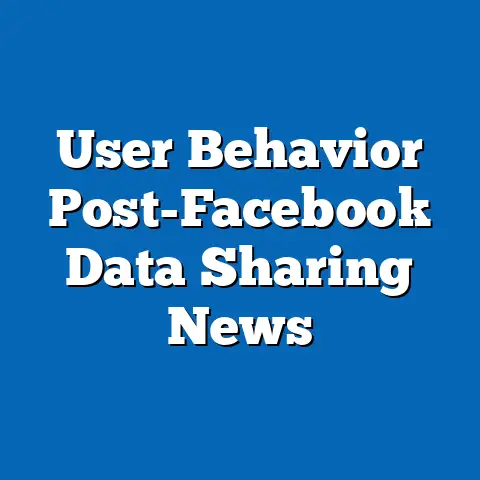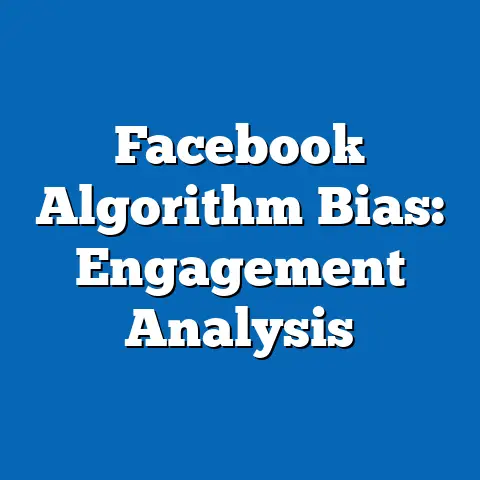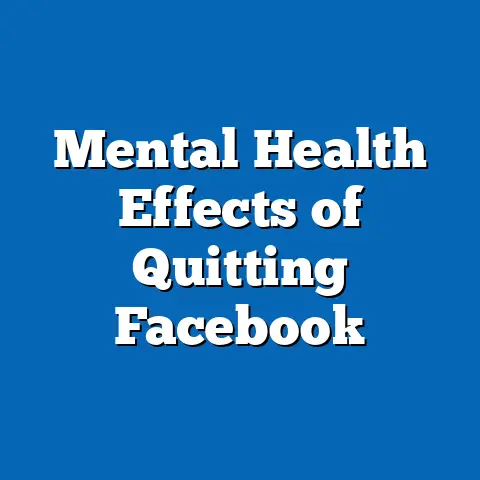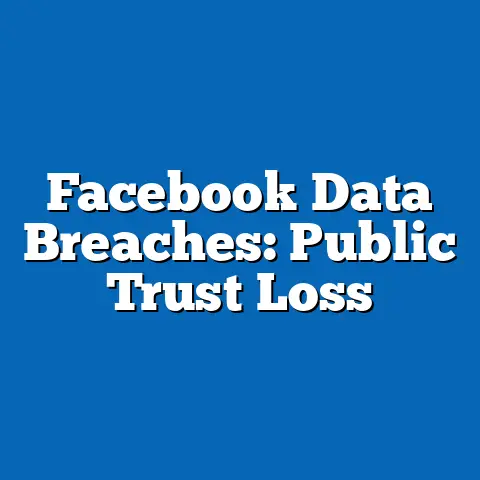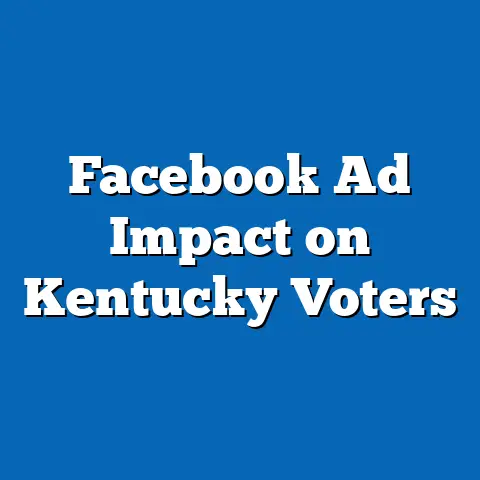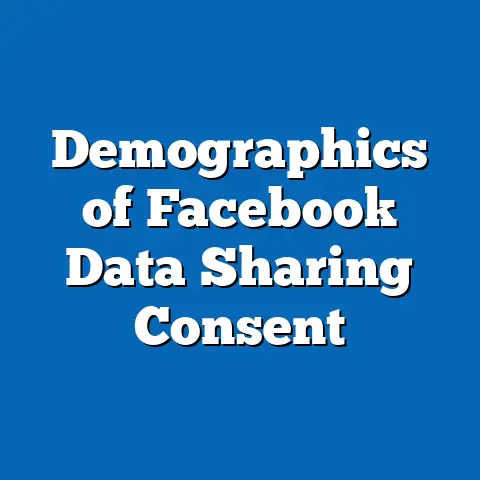Brand Post Performance on Facebook
Imagine scrolling through your Facebook feed and stumbling upon a heartwarming story of a family transforming their outdated kitchen into a modern haven, complete with before-and-after photos and a link to a home improvement brand. Such renovation stories have become a powerful tool for brands on social media, capturing attention through relatable narratives and visual appeal. These posts often resonate deeply, driving likes, shares, and comments while subtly promoting products or services.
In the realm of social media marketing, Facebook remains a dominant platform for brands to connect with audiences, with over 2.9 billion monthly active users worldwide as of Q2 2023 (Statista, 2023). Renovation stories, in particular, have gained traction as a storytelling format, especially for home improvement, furniture, and lifestyle brands. According to a 2022 report by Hootsuite, posts featuring user-generated content (UGC) like personal renovation projects see 28% higher engagement rates compared to standard brand posts.
Section 1: The Power of Renovation Stories in Brand Marketing
Why Renovation Stories Work
Renovation stories tap into universal themes of transformation and improvement, making them highly relatable. Whether it’s a small DIY project or a full home overhaul, these narratives evoke emotions of inspiration and aspiration. For brands, they offer a non-intrusive way to showcase products—think paint swatches, furniture, or tools—embedded within a compelling story.
A 2021 study by Socialbakers found that posts with storytelling elements, including before-and-after visuals, generated 35% more interactions (likes, comments, shares) than promotional posts. Specifically, home improvement brands like Lowe’s and Home Depot have seen success with renovation content, with engagement rates averaging 5.2% for such posts compared to 3.1% for generic product ads (Sprout Social, 2022).
Demographic Appeal of Renovation Content
Renovation stories particularly resonate with specific demographics on Facebook. According to Meta’s Audience Insights (2023), users aged 25-44, often homeowners or renters looking to upgrade their spaces, show the highest engagement with home improvement content, accounting for 58% of interactions in this category. Additionally, women make up 62% of the audience engaging with renovation posts, often driven by interest in interior design and family-oriented projects.
Geographically, suburban and rural users in the United States engage more with renovation content (54% of total interactions) compared to urban users (46%), likely due to larger living spaces and DIY opportunities (Hootsuite, 2022). These demographic insights highlight the importance of targeting content to specific audience segments for maximum impact.
Section 2: Broader Brand Post Performance Metrics on Facebook
Engagement Rates and Key Benchmarks
Beyond renovation stories, how do brand posts generally perform on Facebook? Engagement rate—calculated as the total number of interactions (likes, comments, shares) divided by reach or impressions—remains a critical metric for assessing performance. According to a 2023 report by Sprout Social, the average engagement rate for brand posts across industries on Facebook is 3.6%, a slight decline from 4.1% in 2020, reflecting increased competition and algorithm changes.
However, performance varies widely by industry. For instance, media and entertainment brands average a 5.8% engagement rate, while retail brands hover around 3.2% (Socialbakers, 2023). These differences underscore the importance of tailoring content to industry-specific audience expectations.
Types of Content Driving Engagement
Visual content consistently outperforms text-only posts on Facebook. Posts with images receive 2.3 times more engagement, while videos garner 3.7 times more interactions than text updates (Meta Business Insights, 2023). Live videos, in particular, have surged in popularity, with brands seeing 6 times higher engagement during live sessions compared to pre-recorded content.
User-generated content (UGC) and interactive posts, such as polls or contests, also drive significant engagement. A 2022 study by Hootsuite revealed that posts encouraging user participation (e.g., “Tag a friend who needs this!”) achieve a 50% higher comment rate than non-interactive content. This aligns with the success of renovation stories, which often prompt users to share their own experiences.
Section 3: Historical Trends in Brand Performance on Facebook
Evolution of Engagement (2015-2023)
Facebook’s landscape for brands has evolved dramatically over the past decade. In 2015, organic reach for brand posts was significantly higher, with an average of 11.5% of a page’s followers seeing content without paid promotion (Socialbakers, 2015). However, as Facebook prioritized personal content over brand posts in its algorithm updates (notably in 2018), organic reach plummeted to just 5.2% by 2020 and further to 4.9% in 2023 (Sprout Social, 2023).
This decline pushed brands to invest more in paid advertising. According to Meta’s Q2 2023 earnings report, ad revenue reached $31.5 billion, up 12% year-over-year, reflecting brands’ reliance on paid reach to maintain visibility. Despite this, organic content with high engagement—like renovation stories—still plays a crucial role in building community and trust.
Shifts in Content Preferences
Historically, text-heavy posts dominated brand pages in the early 2010s, but the rise of mobile usage shifted preferences toward visual and short-form content. By 2018, video content accounted for 30% of brand posts, a figure that grew to 45% by 2023 (Hootsuite, 2023). This trend mirrors broader user behavior, as 68% of Facebook users now access the platform primarily via mobile devices (Statista, 2023), favoring quick, scroll-friendly content.
Interactive and ephemeral content, such as Stories, also emerged as a key trend in recent years. Introduced in 2017, Facebook Stories now see 500 million daily viewers, and brands using Stories report a 20% higher click-through rate compared to traditional posts (Meta, 2023).
Section 4: Demographic Patterns in Engagement
Age and Gender Differences
Facebook’s user base spans a wide demographic range, but engagement with brand posts varies significantly by age and gender. Users aged 18-24 are most likely to engage with entertainment and lifestyle content, with a 6.1% average engagement rate, while those aged 35-54 show higher interaction with practical content like home improvement or financial services (4.2% engagement rate) (Sprout Social, 2023).
Gender differences also play a role. Women tend to engage more with community-driven and emotional content (58% of total interactions), while men show higher interaction with tech and sports-related posts (52% of interactions in these categories) (Meta Audience Insights, 2023). Brands must consider these nuances when crafting content strategies.
Regional and Cultural Variations
Engagement patterns also differ by region. In North America, where Facebook penetration is high (79% of internet users), brand posts see an average engagement rate of 3.8%, slightly above the global average (Statista, 2023). In contrast, emerging markets like Southeast Asia report higher engagement rates (5.1%), driven by a younger, mobile-first user base (Hootsuite, 2023).
Cultural factors influence content preferences as well. For example, renovation stories perform exceptionally well in Western markets, where homeownership rates are higher (e.g., 65% in the U.S. per U.S. Census Bureau, 2022), compared to regions with lower homeownership, where such content garners less traction.
Section 5: Strategies for Optimizing Brand Post Performance
Content Creation Best Practices
To maximize engagement, brands should prioritize authenticity and relevance. Posts that align with current trends or seasonal themes—such as holiday decorating ideas or summer home projects—see a 30% boost in interactions (Socialbakers, 2023). Incorporating user stories, as seen with renovation content, adds a personal touch that resonates with audiences.
Timing also matters. Data from Sprout Social (2023) indicates that posting on weekdays between 10 a.m. and 3 p.m. local time yields the highest engagement, as users are often active during lunch breaks or mid-day lulls. Consistency is key as well—brands posting 1-2 times per day maintain a 25% higher engagement rate compared to sporadic posters.
Leveraging Paid and Organic Synergy
While organic reach has declined, a balanced approach combining paid and organic efforts can amplify performance. Boosting high-performing organic posts (those with above-average engagement within the first 24 hours) can increase reach by 40% without significant cost (Meta Business Suite, 2023). Additionally, using precise targeting options for ads—such as interests in home improvement for renovation content—ensures content reaches the right audience.
Data Visualization: Engagement by Content Type
To illustrate performance differences, consider a bar chart comparing engagement rates across content types. Based on 2023 data from Sprout Social, the chart would show videos leading with a 5.5% engagement rate, followed by images at 4.2%, interactive posts at 3.9%, and text-only posts trailing at 1.8%. Such a visual would highlight the importance of multimedia in brand strategies.
Section 6: Case Studies of Successful Brand Posts
Case Study 1: Lowe’s Renovation Campaigns
Lowe’s, a leading home improvement retailer, has mastered the art of renovation storytelling on Facebook. Their “Build It Together” campaign, launched in 2022, encouraged users to share DIY projects using Lowe’s products, resulting in over 10,000 user submissions and a 7.2% engagement rate—double the industry average (Sprout Social, 2022). By featuring real customer stories, Lowe’s fostered a sense of community while driving brand loyalty.
Case Study 2: IKEA’s Visual Inspiration
IKEA leverages high-quality visuals and short videos to showcase room makeovers, often linking to affordable product solutions. A 2023 post featuring a small-space renovation garnered 15,000 likes and 2,500 shares within 48 hours, achieving a 6.8% engagement rate (Socialbakers, 2023). IKEA’s success lies in blending inspiration with actionable purchasing options, a strategy other brands can emulate.
Section 7: Challenges and Pitfalls in Brand Posting
Algorithm Changes and Declining Reach
Facebook’s algorithm updates continue to pose challenges for brands. The 2018 shift to prioritize “meaningful interactions” reduced the visibility of promotional content, with 60% of brands reporting a drop in organic reach (Hootsuite, 2018). Adapting to these changes requires a focus on content that sparks conversation, such as polls or user-driven stories.
Audience Fatigue and Over-Promotion
Overloading followers with promotional content can lead to audience fatigue. A 2022 survey by Sprout Social found that 38% of users unfollow brands due to excessive self-promotion, emphasizing the need for value-driven content. Balancing sales pitches with educational or entertaining posts is crucial for sustained engagement.
Conclusion: Broader Implications and Future Trends
Brand post performance on Facebook reflects a dynamic interplay of content strategy, audience demographics, and platform algorithms. While renovation stories exemplify the power of storytelling and visual appeal, broader data shows that engagement hinges on authenticity, interactivity, and relevance. With average engagement rates hovering around 3.6% in 2023, brands must continuously adapt to declining organic reach and evolving user preferences.
Looking ahead, trends like short-form video, augmented reality experiences, and hyper-targeted advertising are likely to shape Facebook marketing. Brands that invest in understanding their audience—whether through demographic insights or performance analytics—will be best positioned to thrive. Ultimately, success on Facebook lies in creating content that not only promotes but also connects, turning passive scrollers into active participants in a brand’s story.

